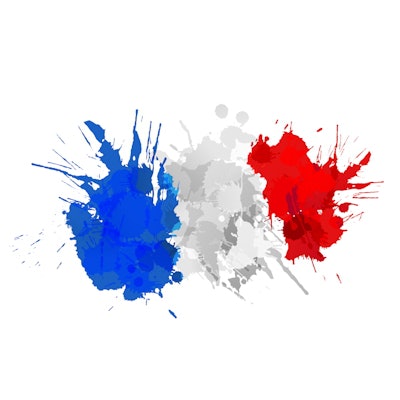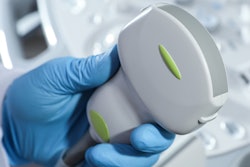
French nephrology societies and the national radiology society (SFR) have published guidelines on the safe use of contrast media in the wake of guidance from the European Society of Urogenital Radiology (ESUR). The new guidelines were published in French on 5 February in Néphrologie and Thérapeutique.
"It seems that the ESUR guidelines aren't very well known by nephrologists and some radiologists," lead author Dr. Louis de Laforcade, head of nephrology at Hospital Center Pierre Oudot in Bourgoin-Jallieu, told AuntMinnieEurope.com. "To promote them, we gathered a working group of the main radiological and nephrological French societies and made a positive commentary on the guidelines which may contribute to spreading knowledge of them."
He hopes that the guidelines will allow the use of iodinated contrast medium to make relevant examinations based on an analysis of the benefit-risk ratio.
The position paper evaluates the views of French nephrologists and includes an updated review of the literature. It highlights the following:
- Priority should be given to performing relevant imaging examinations, using contrast media when indicated, and identifying at-risk patients requiring prior preparation.
- Patients at risk are those with impaired renal function: acute kidney injury, or chronic kidney disease with glomerular filtration rate inferior to 45 mL/min/1.73 m2 (for intraarterial contrast media injection with renal first pass) or glomerular filtration rate inferior to 30 mL/min/1.73 m2 (for all other situations).
- Decreased glomerular filtration rate (irrespective of the stage of kidney disease) is not per se a contraindication to contrast media administration when really needed.
- For patients at risk of postcontrast acute kidney injury, intravenous hydration with 0.9% sodium chloride or 1.4% sodium bicarbonate is the best option.
- No drug has proven to be effective in preventing acute kidney injury due to administration of contrast medium.
French nephrologists were surveyed using an electronic questionnaire distributed by the French Society of Nephrology, Dialysis and Transplantation (Société Francophone de Néphrologie, Dialyse et Transplantation SFNDT), the French Intensive Care Renal Network (FIRN), and the Scientific Committee of the Young Nephrologists' Club (Club des Jeunes Néphrologues, CJN). The authors collected 266 responses.
They concluded that the ESUR guidelines are poorly known among the panel of nephrologists and their practices differ from the guidelines. For example, nephrologists lift some of the restrictions on the use of percutaneous coronary intervention (PCI) as well as on the continuation of androgen receptor signaling (ARS) inhibitors before PCI.
Overall, there are no important differences between ESUR guidelines and the French position paper, according to de Laforcade.
Over the years more countries have developed their own contrast media safety guidelines, including Sweden, Italy, the Netherlands, France, and the U.K., with Denmark also now discussing the matter of national guidance.
For information in English about the French guidelines, go to Diagnostic and Interventional Imaging.



















